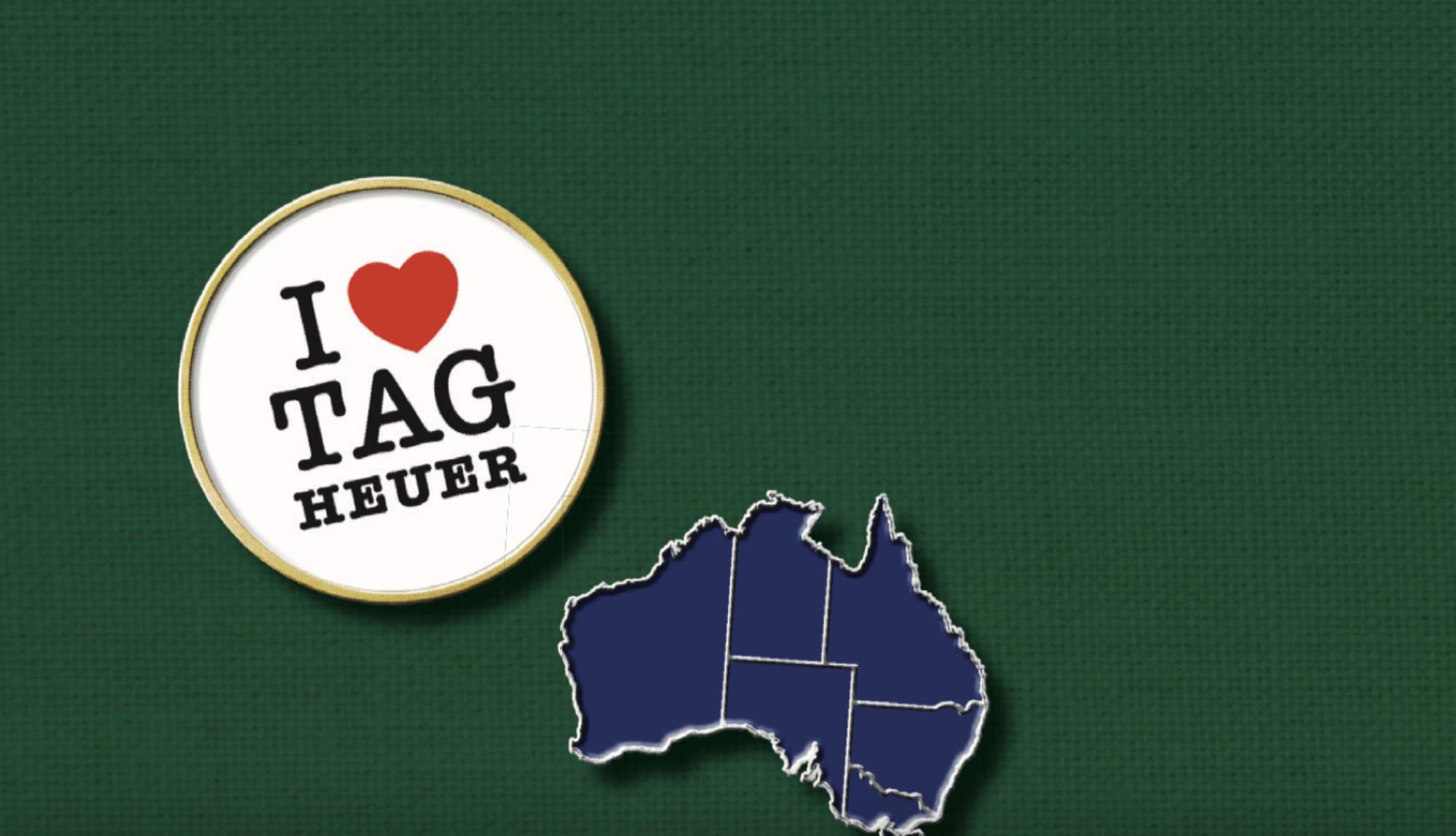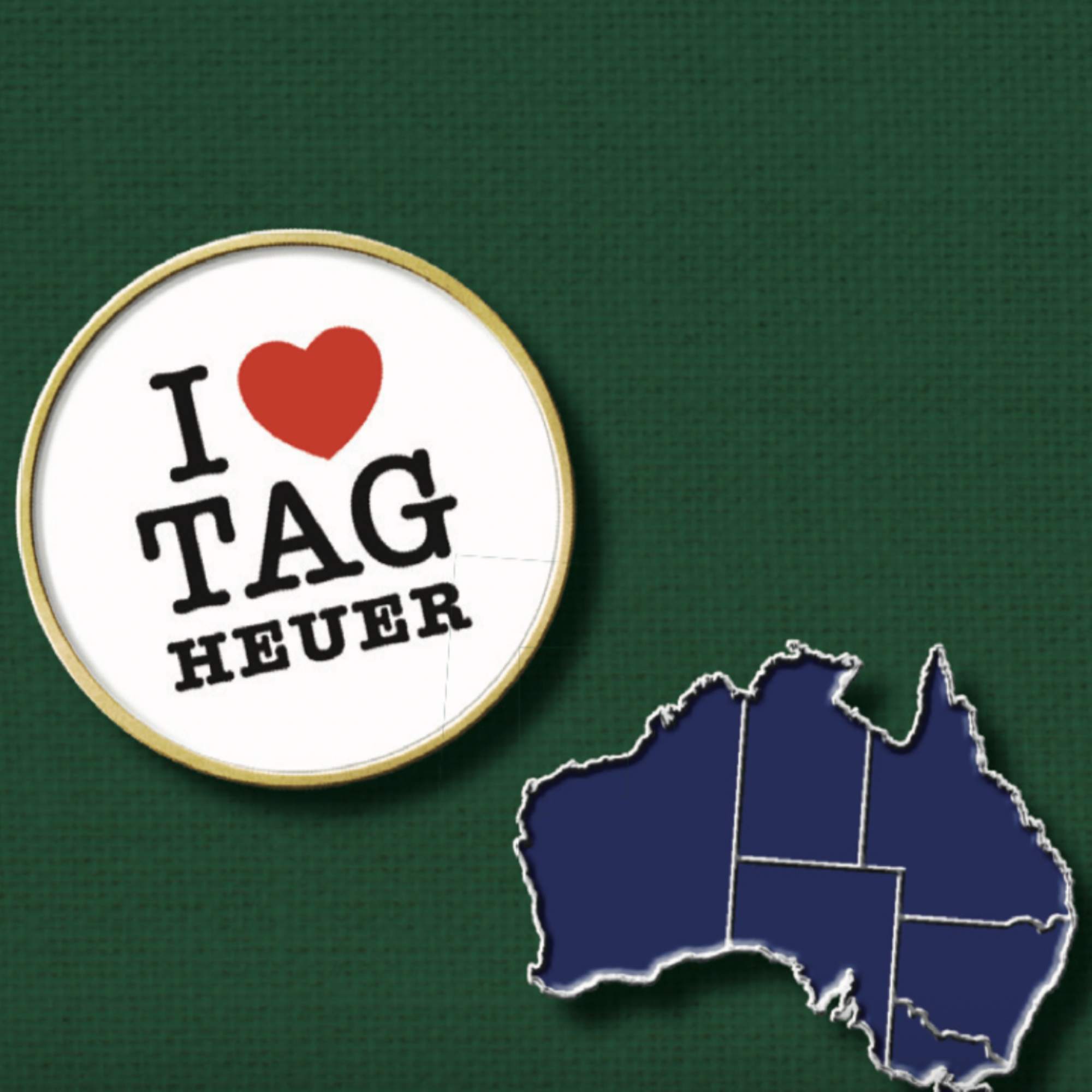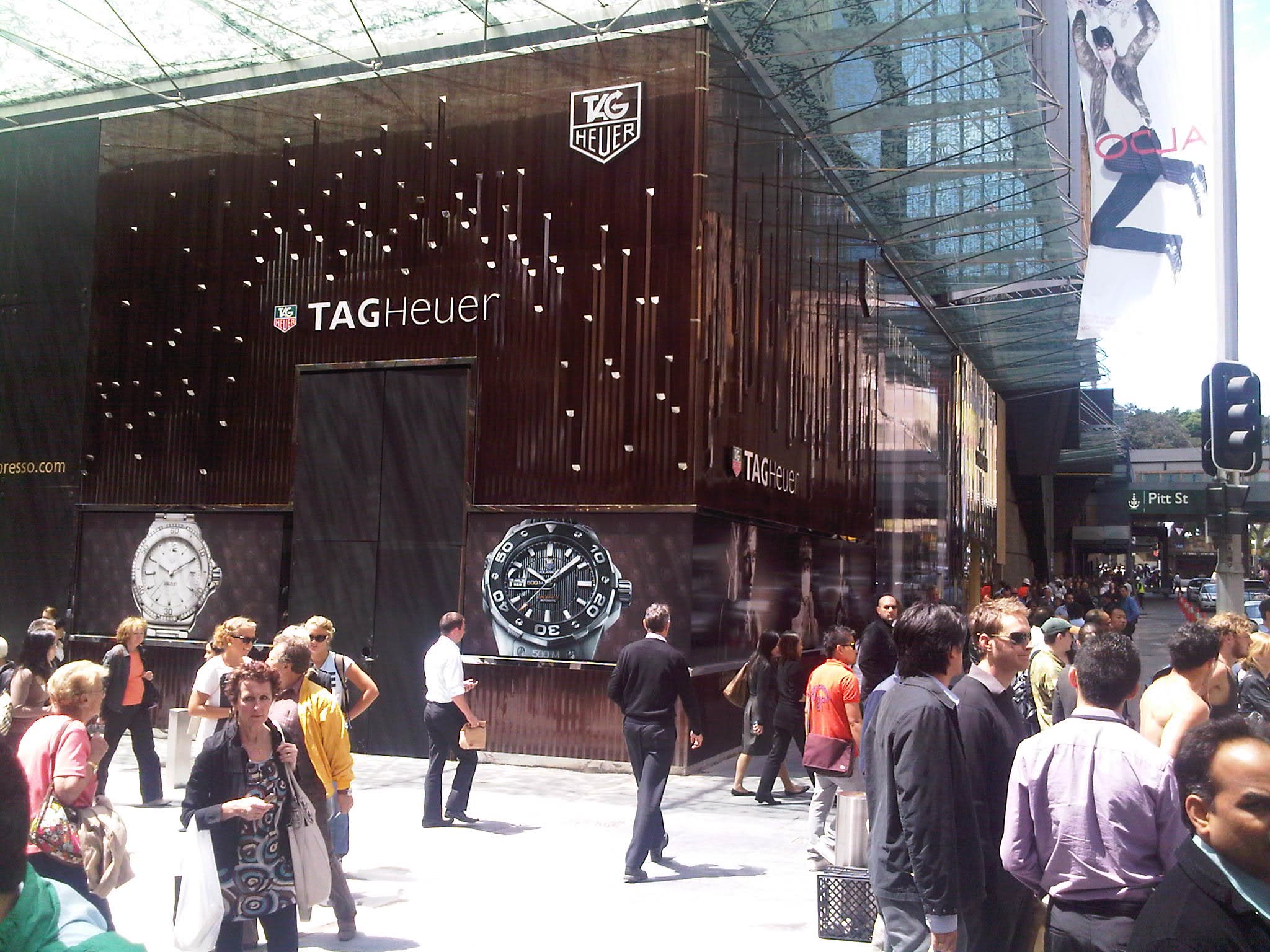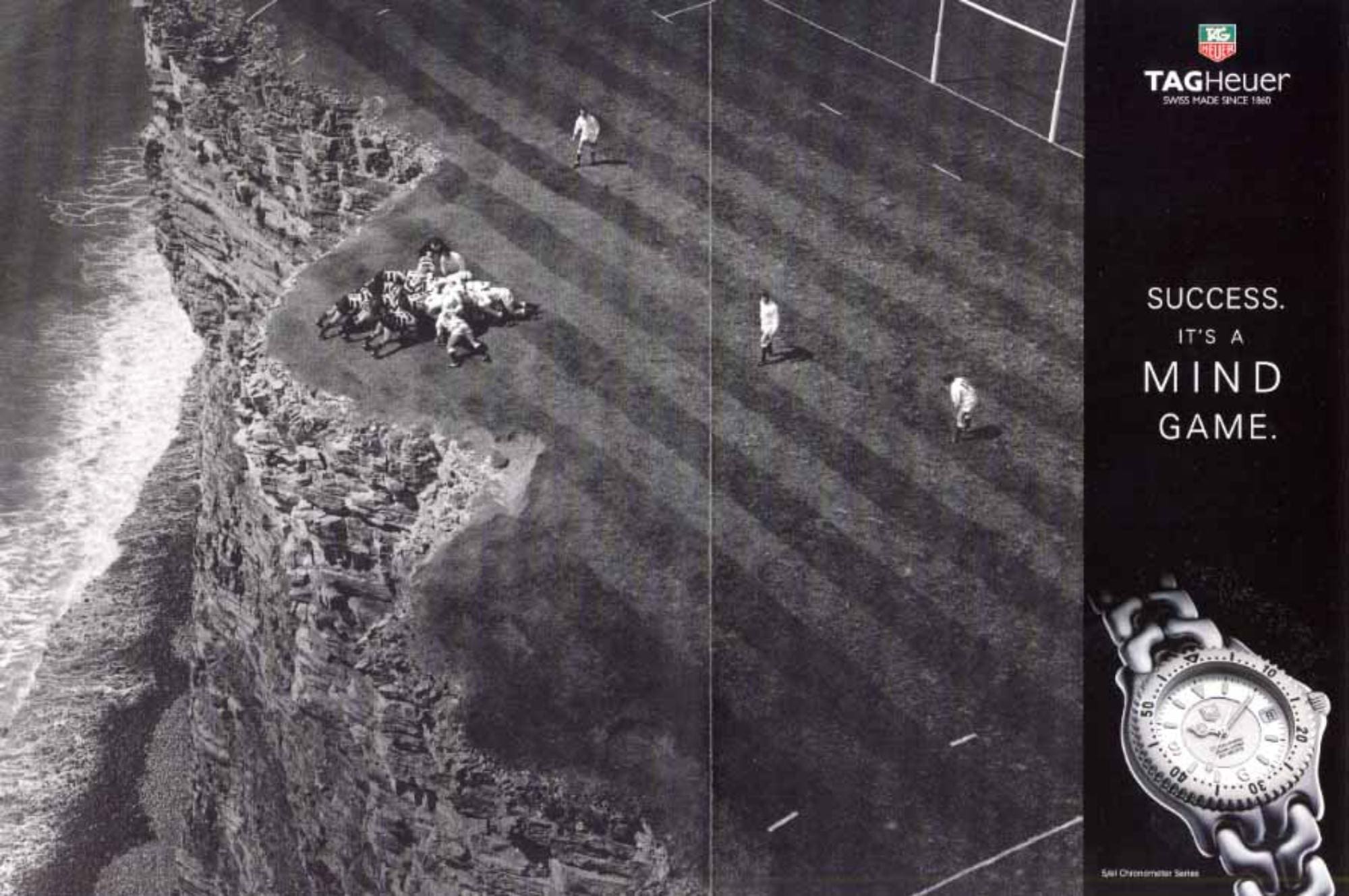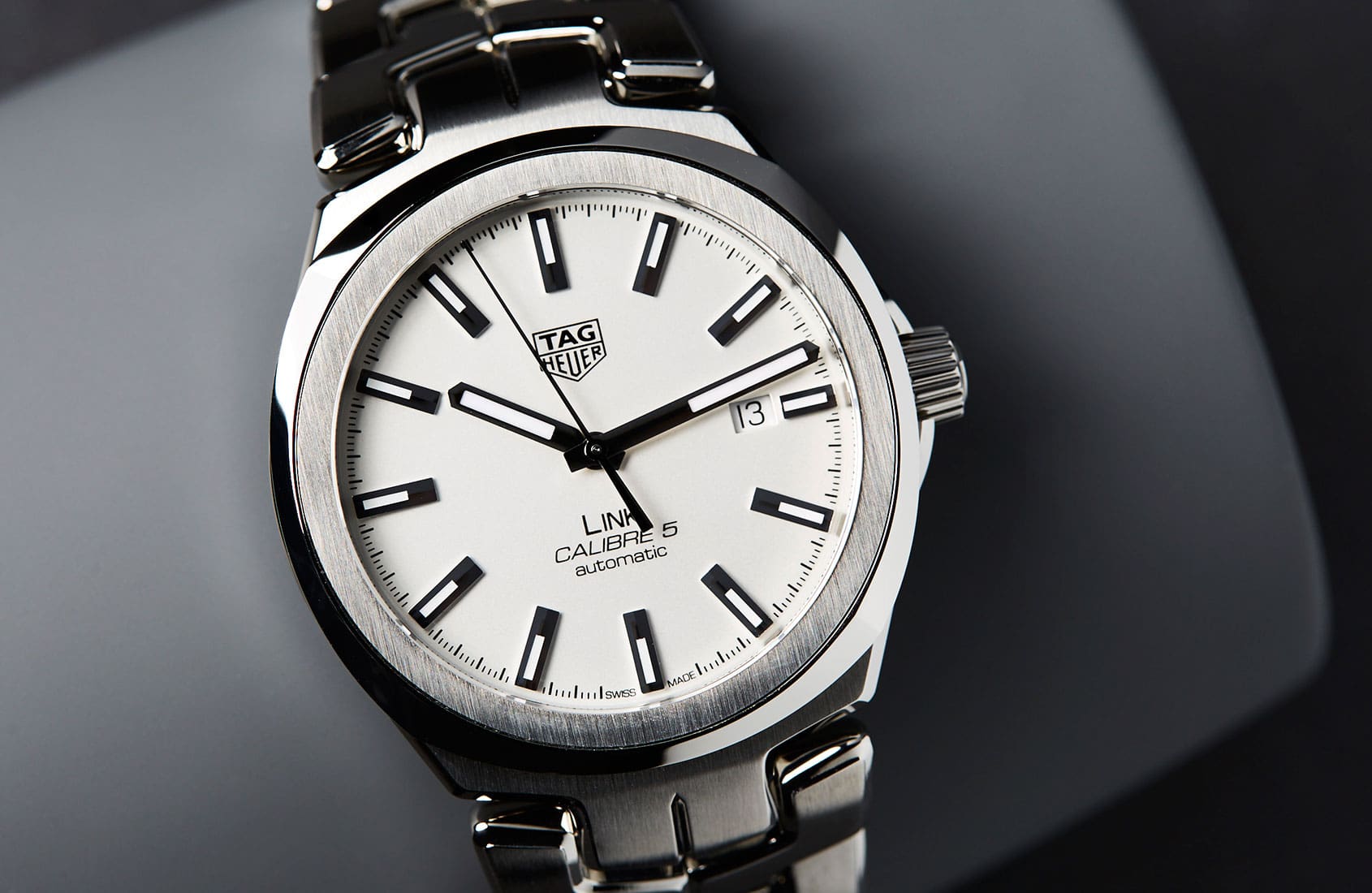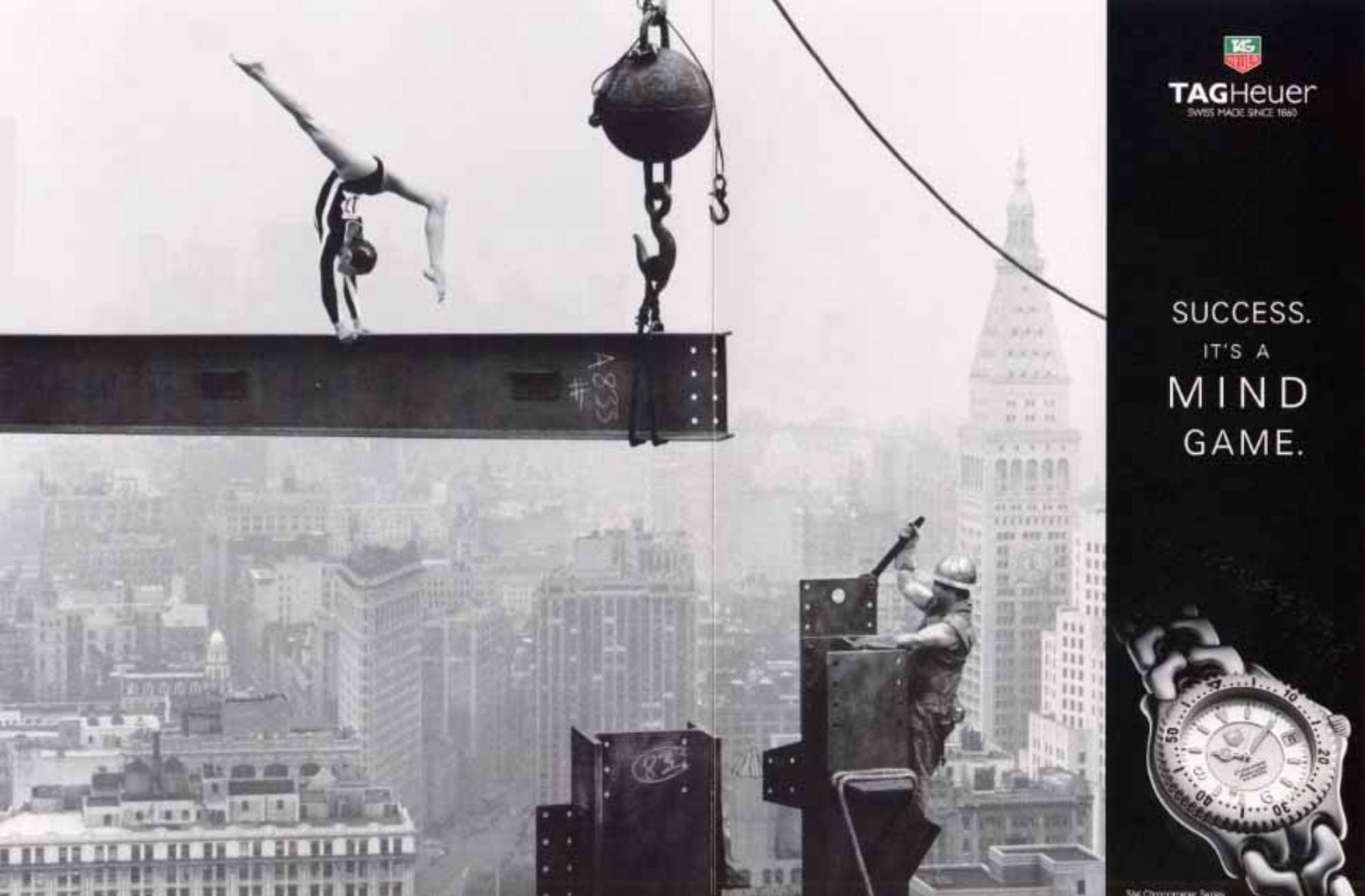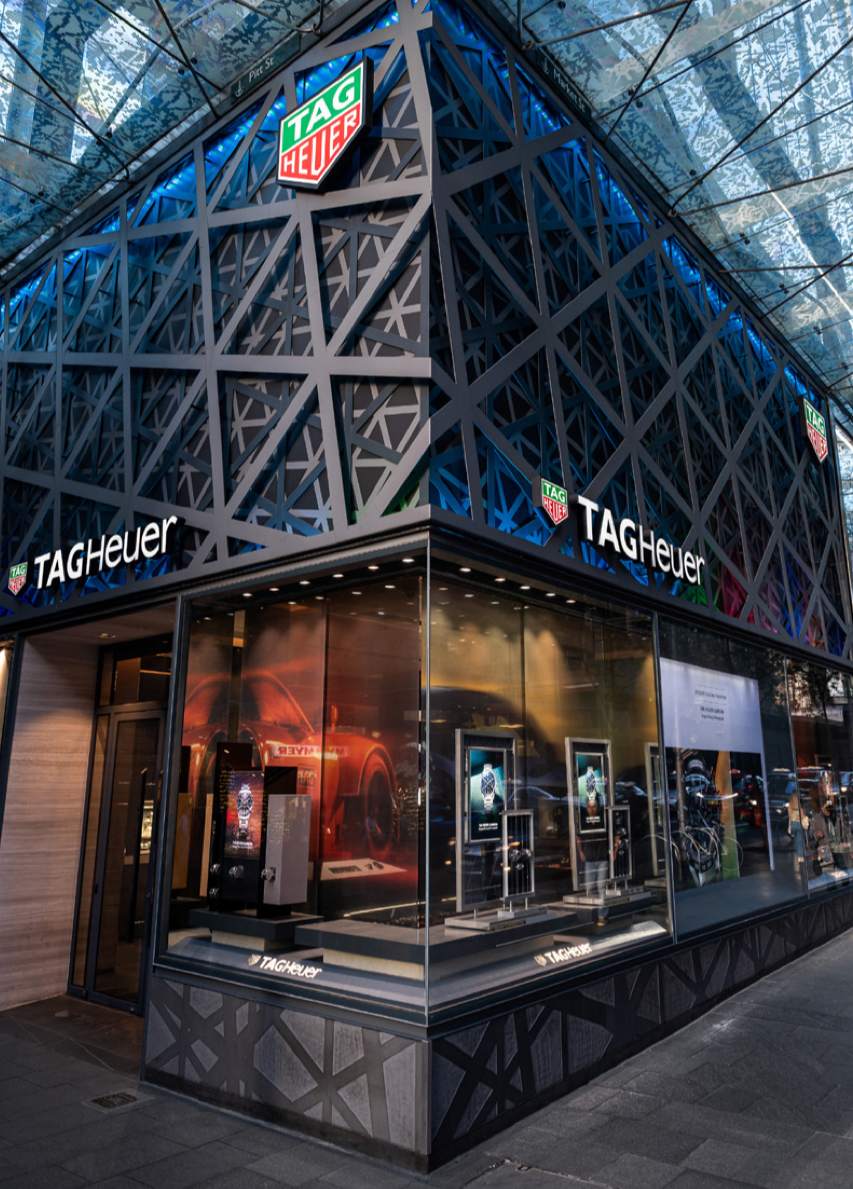How Australia fell in love with TAG Heuer
Luke BenedictusIt’s a grey August morning in Sydney and the city centre is quieter than normal due to the winter rain bouncing off the streets. Hardier shoppers cower beneath umbrellas as they scurry between stores, half-bent and grimacing at the weather. Yet inside the TAG Heuer Boutique on the corner of Pitt and Market Streets, there’s already a bright throb of activity. Behind the store window bedecked with images of Ryan Gosling and his latest on-screen Carrera, a middle-aged man is being talked through the intricacies of the new Connected smartwatch, while a smartly dressed couple are comparing three different Monacos. Nearby, two guys in their mid 20s – both with TAG Heuers already on their wrists – are perusing a glass case of Aquaracers. Circulating in between, the retail team are all smiles and brisk efficiency as they field enquiries and process sales. At this boutique, non-stop activity is the default mode.
“The Pitt Street store is TAG Heuer’s number one boutique in the world,” explains Van Mulryan, the brand’s General Manager. “That’s something we’re extremely proud of – we see it as a really solid, stable and resilient business.” On reflection, this revelation that an Aussie store is TAG Heuer’s top performer might seem surprising. Surely, you’d expect, one of the global retail hubs like New York, Hong Kong or London to set the pace? Yet the success of the Pitt Street boutique is symptomatic of a bigger phenomenon, namely our national obsession with TAG Heuer. In terms of the Swiss watch industry’s total imports, Australia currently ranks as the 15th biggest global market. When it comes to TAG Heuer international sales, however, we shoot up the table to fourth spot.
“We did a brand study just before I arrived in 2020 to better understand TAG Heuer in the local market,” Mulryan says. “And what we saw was that in terms of brand equity overall, TAG Heuer was the number two brand in Australia after Rolex. But from a brand awareness perspective, TAG Heuer was actually number one. People were able to resonate with it because of our strong brand identification – TAG Heuer is a brand that they believe they can trust. And the key out-takes from that were that this reputation was linked to our connection with motorsports and innovation.”
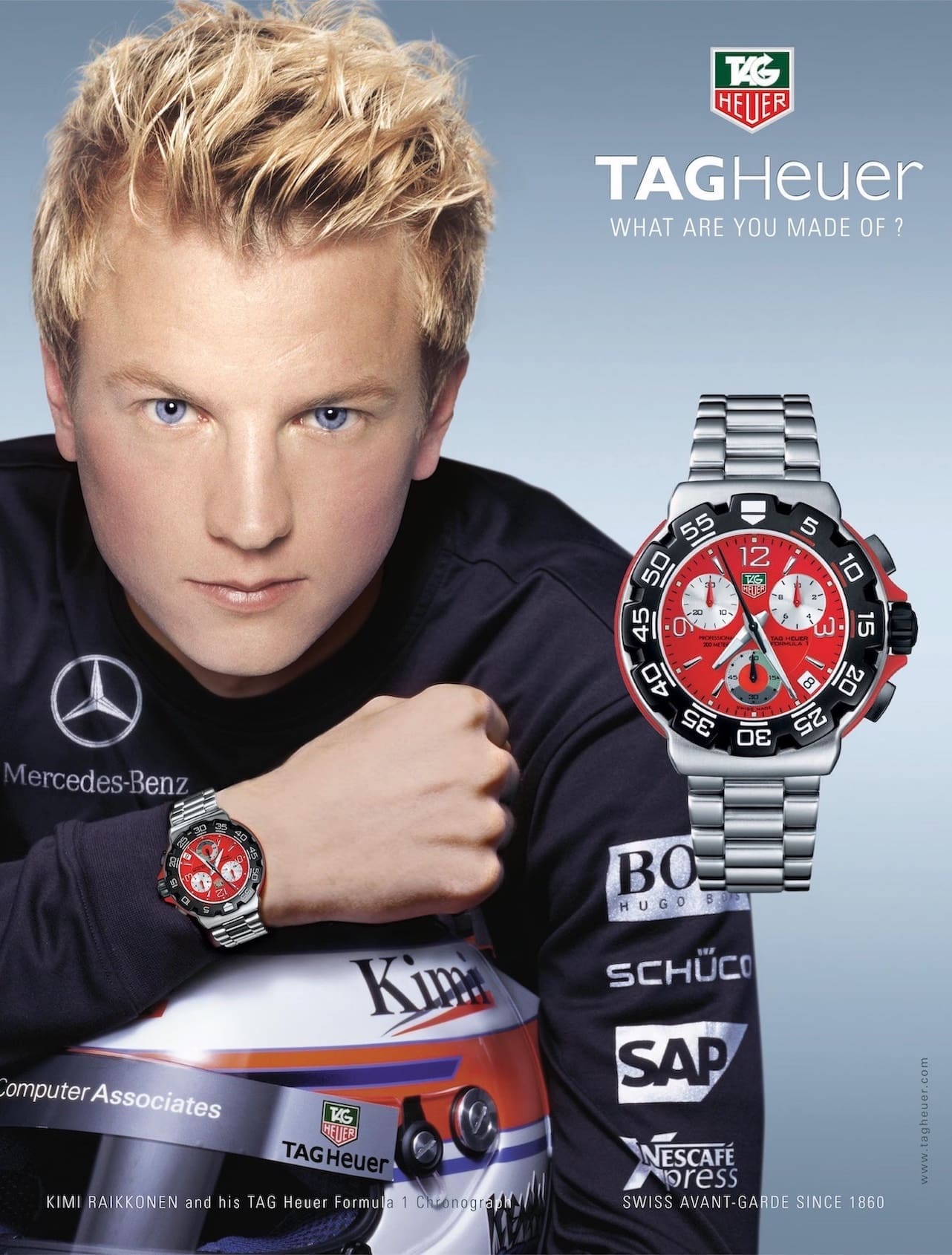
To understand how TAG Heuer became such a treasured brand in Australia, it’s worth going back to the beginning. Today, Eric van der Griend is best known in local watch circles for being the founder of Watches of Switzerland. But prior to that, he was the man who brought TAG Heuer to Australia as a wholesaler in 1988. The watch brand he took on then, however, was very different to the horological powerhouse it is today.
Investment company Techniques d’Avant Garde (TAG), had bought Heuer and created TAG Heuer on January 1, 1986. Heuer, the storied watch brand, had endured a rocky time on the back of the quartz crisis and had already been sold once before to Piaget / Lemania in 1982. Now, as the newly formed TAG Heuer began to try and build a large-scale audience, they were aware that luxury mechanical watches wouldn’t do it alone. Consequently, the first product line released under the new brand name was the TAG Heuer Formula 1, which combined perky colours with affordable quartz movements and traded heavily on Heuer’s motorsports history. These watches proved a great fit for Australia at that time due, in part, to their accessible price point of around $300. “When we first brought TAG Heuer over here, we were in the midst of a massive recession,” van der Griend explains. “Interest rates back then were up to 18 per cent!”
Luckily, Australian sales were supplemented from another source. Japan’s economy was booming at the time as was its appetite for international tourism. According to an ANZ report, between the mid-1980s through to 1990, the number of Japanese travellers heading overseas quadrupled from 4 million to 16 million, while their GDP per capita tripled to $35,000. As well as being cashed up, the Japanese had already developed a taste for TAG Heuer thanks to the brand’s national agent who’d cranked up distribution across the country and heavily boosted awareness. “Back then, Japan fuelled the whole of Asia,” van der Griend says. “Japanese tourists were the big thing and if you went to Hong Kong, Thailand, Singapore or Australia, it was their tourists who were buying TAG Heuer and their more expensive watches, too. When we first started in Australia, the major part of our distribution was duty-free shops. The local market was very small.”
What helped to kickstart the Australian market was, in part, shrewd foresight from the parent company. In any recession, the first thing that brands usually cut is their marketing budgets, but TAG Heuer understood the importance of getting behind their renascent brand. “The support we got was really crucial,” says van der Griend. “Traditionally, brands would say, ‘Oh, we’ll give you 10% of your turnover as a marketing budget.’ But, obviously if you’re very small, there’s not much money. TAG Heuer gave us a budget from day one – I think it was about $100,000, which was quite a bit of money back then. So we were able to advertise and, because everyone else had pulled their budgets due to this recession, that money went a lot further than what they would’ve normally. We had this visual with Ayrton Senna wearing the Chrono at the time – we put that everywhere and it just took off…”
By the time TAG Heuer took back the Australian wholesale licence in 1997, the brand was ticking along nicely with 75% of van der Griend’s turnover now generated by the local market. Van der Griend believes the main driver of this was simply great product. As well as the Formula 1 range, more expensive pieces were also beginning to sell in decent volumes. Chronograph sales had picked right up, while the TAG Heuer S/El – a forerunner of the Link – was also a real hit. “TAG Heuer just hit the market in Australia at the right time, and also in the right segment,” van der Griend says. “We really pushed the affordable, sports watches, back then.” That style of watch was naturally compatible with Australia’s more casual dress codes and relaxed lifestyle. At the time, many Australian men were still one-watch guys who’d happily wear their Carrera Chronograph to the office and the beach.
Aside from the watches themselves, TAG Heuer’s all-action image and adventurous edge also seemed to hit home. The brand’s motorsports heritage, reflected in advertising that featured Ayrton Senna and Steve McQueen, really connected in a country where interest in motor-racing had boomed after Adelaide became a fixture of the Formula One championship in 1985, before moving to Melbourne’s Albert Park circuit in 1996.
“Another campaign I remember was ‘Success is a Mind Game’ with all these striking visuals of blokes swimming with sharks or sailing against the edge of a waterfall,” van der Griend says. “In Australia, we’re an outdoorsy sort of water-based society. Those campaigns just really resonated with the public.”
Business was bubbling along nicely. But what truly propelled TAG Heuer to the next level was another example of the brand’s willingness to be bold at a time of economic insecurity. When the global financial crisis hit in 2008, it became the biggest collapse on an international scale since the Great Depression. At the time, Westfield were building their new shopping centre in the Sydney CBD, when a leading fashion brand was forced to pull out from its prime site because of the GFC. Under the advice of Phil Richards, Australia’s General Manager for LVMH Watches & Jewellery at the time, TAG Heuer swooped. The site was large and expensive, but it was also the highest retail traffic corner in Australia. Securing that Pitt St site would prove to be a gamechanger for the brand in Oz.
The advantages of having a dedicated monobrand space are legion. Suddenly, you have unlimited brand control and are no longer beholden to a third-party retailer in terms of how you display your wares. You can also guarantee your sales team is instilled with a depth of knowledge about their product to help shoppers buy with greater confidence. Customers get a more memorable shopping experience, too, as a monobrand store can build a more coherent narrative around your product. At their Sydney store, for example, TAG Heuer began to host events that included appearances from visiting Formula 1 drivers like Lewis Hamilton. In short, the boutique served to supercharge TAG’s local brand identity and deepen relationships with their existing audience. “The Pitt Street stall took our visibility to a completely new level,” Richards confirms. “And I think what happened was that Aussies realised the size of the range for men and for women.”
The wild success of the Sydney store led to more stand-alone boutiques in Melbourne, Chadstone, Perth, Brisbane and the Gold Coast. “We now have six boutiques and we’re about to open our seventh one in Adelaide,” says Mulryan. “Many different brands have started to look at a free-standing store presence in Australia during the last few years. Whereas we’ve had one since October 2010, which I think has helped the brand to accelerate.”
Browsing the Pitt Street store on that rainy Saturday morning, what strikes me is how different it feels to most other Swiss watch boutiques (and not just because it’s conspicuously busier). TAG Heuer may be an aspirational watch brand, but it wears that status lightly. The atmosphere in store isn’t at all snooty with the boutique experience pleasantly relaxed and down-to-earth. As I admire the new Autavia GMT, a sales assistant asks me if I’d like a closer look, and I’m reminded of another point that Mulryan made. “It may be a generalisation,” she conceded. “But Australians are really laid back and they just want really great service.” TAG Heuer seem to have really leaned into that democratic mindest. And it’s not insignificant in a nation where the fact that people happily sit next to their taxi drivers reflects a certain egalitarian spirit. At the TAG Heuer boutique, whether you’re buying a Tourbillon or a Formula 1, this is a brand that gives everyone a fair go.




